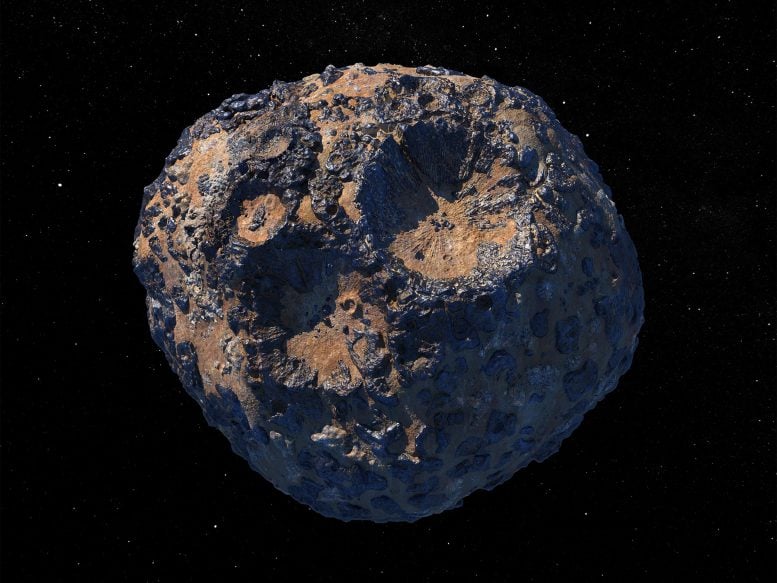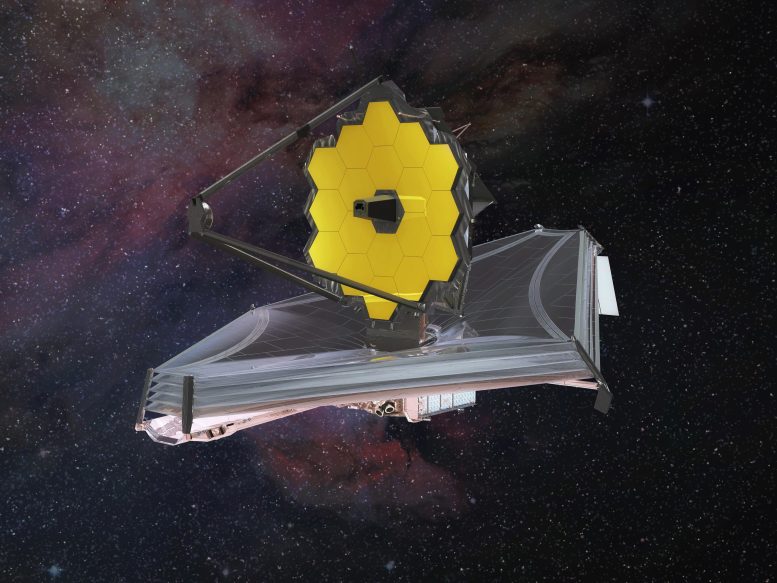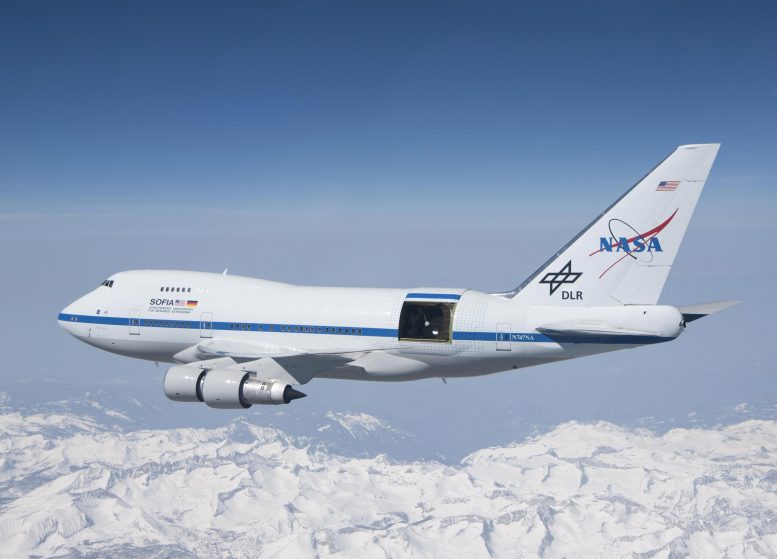
Southwest Research Institute scientists are studying the asteroid Psyche using infrared telescopes, aiming to understand its composition before NASA’s Psyche mission launches. The asteroid’s potential as a leftover core of a failed planet could offer insights into the solar system’s formation.
Southwest Research Institute (SwRI) scientists are using telescopes to observe the asteroid Psyche in the infrared, providing context for NASA’s upcoming Psyche mission. Dr. Stephanie Jarmak is using the James Webb Space Telescope (JWST) to look for water signatures on the metallic surface of Psyche, while Dr. Anicia Arredondo is using some of the last data collected by the Stratospheric Observatory for Infrared Astronomy, or SOFIA, to study differences in Psyche’s composition at different points on its surface.
A Glimpse Into Psyche’s Significance
Spanning about 140 miles in diameter, Psyche is one of the most massive objects in the main asteroid belt orbiting between Mars and Jupiter. Previous observations indicate that Psyche is a dense, largely metallic object thought to be the leftover core from a failed planet. On October 12, NASA is scheduled to launch the Psyche spacecraft, which will travel 2.2 billion miles and arrive at the asteroid in August 2029.

“Using telescopes at different infrared wavelengths of light, the SwRI-led research will provide different but complementary information to what the Psyche spacecraft is designed to study,” said Dr. Tracy Becker, a group leader in SwRI’s Space Science Division.
Unraveling the Mysteries of Psyche
Psyche remains somewhat mysterious, as some previous observations have been conflicting, for instance showing variability in its surface composition in the near-infrared wavelengths as well as hints of hydration on its surface.
“Our JWST observations are designed to determine if water exists on Psyche,” Jarmak said. “Observations across the 3- and 6-micron wavelength ranges tell us whether hydration is present in the form of hydroxyl or actual water. And if we don’t find it, that wouldn’t be surprising, considering Psyche is thought to be a mostly metallic world.”
Psyche is a particularly interesting target because Earth is thought to have a metallic core, but it’s buried deep beneath its mantle and crust and is inaccessible for direct study.

Further Insights and Implications
“We used SOFIA to scan the asteroid in the infrared as it rotated to better understand if Psyche could be the remnant core of a differentiated asteroid or protoplanet,” Arredondo said. “If so, multiple impacts would have stripped all the outer layers off, leaving only a metal core. But those impacts could also lead to variability. However, observations indicate that Psyche is metal — no big surprise — and we don’t see a lot of variation with rotation, at least at the mid-infrared wavelengths.”
Metal asteroids are relatively rare in the solar system, and scientists believe Psyche could offer a unique opportunity to see inside a planet. However Psyche is so unusual, it could also surprise scientists and suggest a different story of how solar system objects formed.
“All of the observations using different techniques keep showing us results that don’t make sense in context with each other,” Arredondo said. “That’s why it’s so important that we have a mission going there now.”